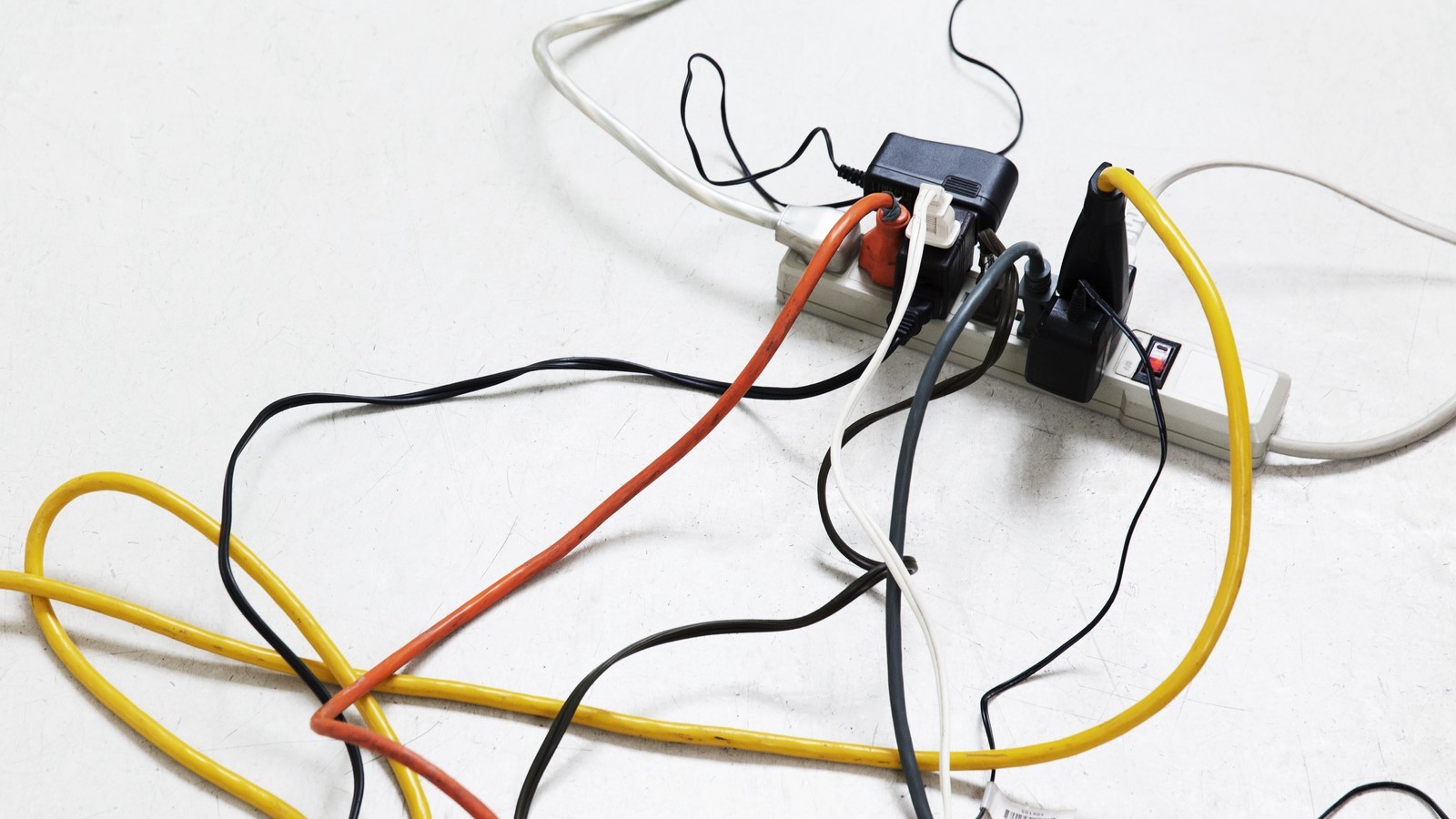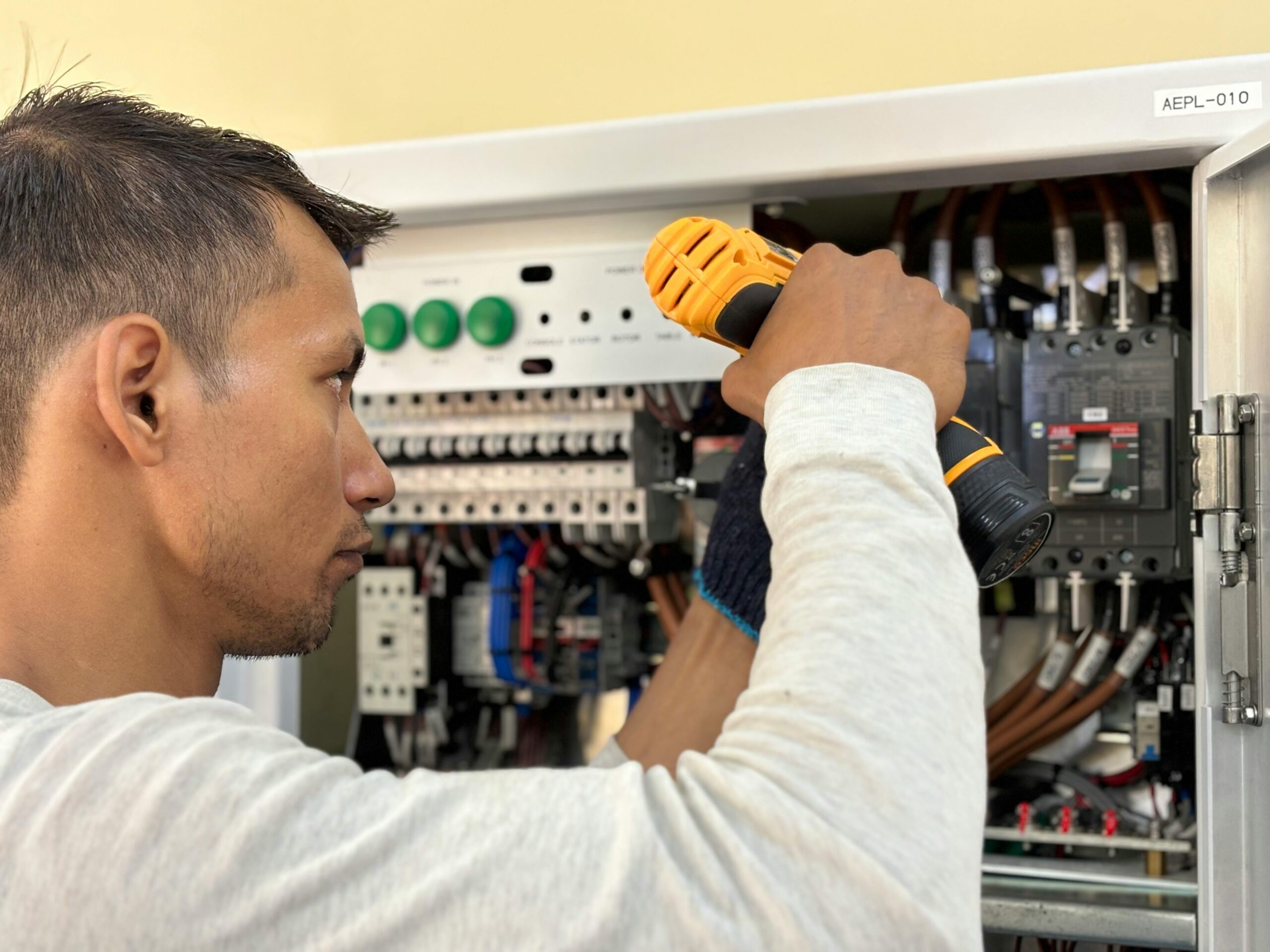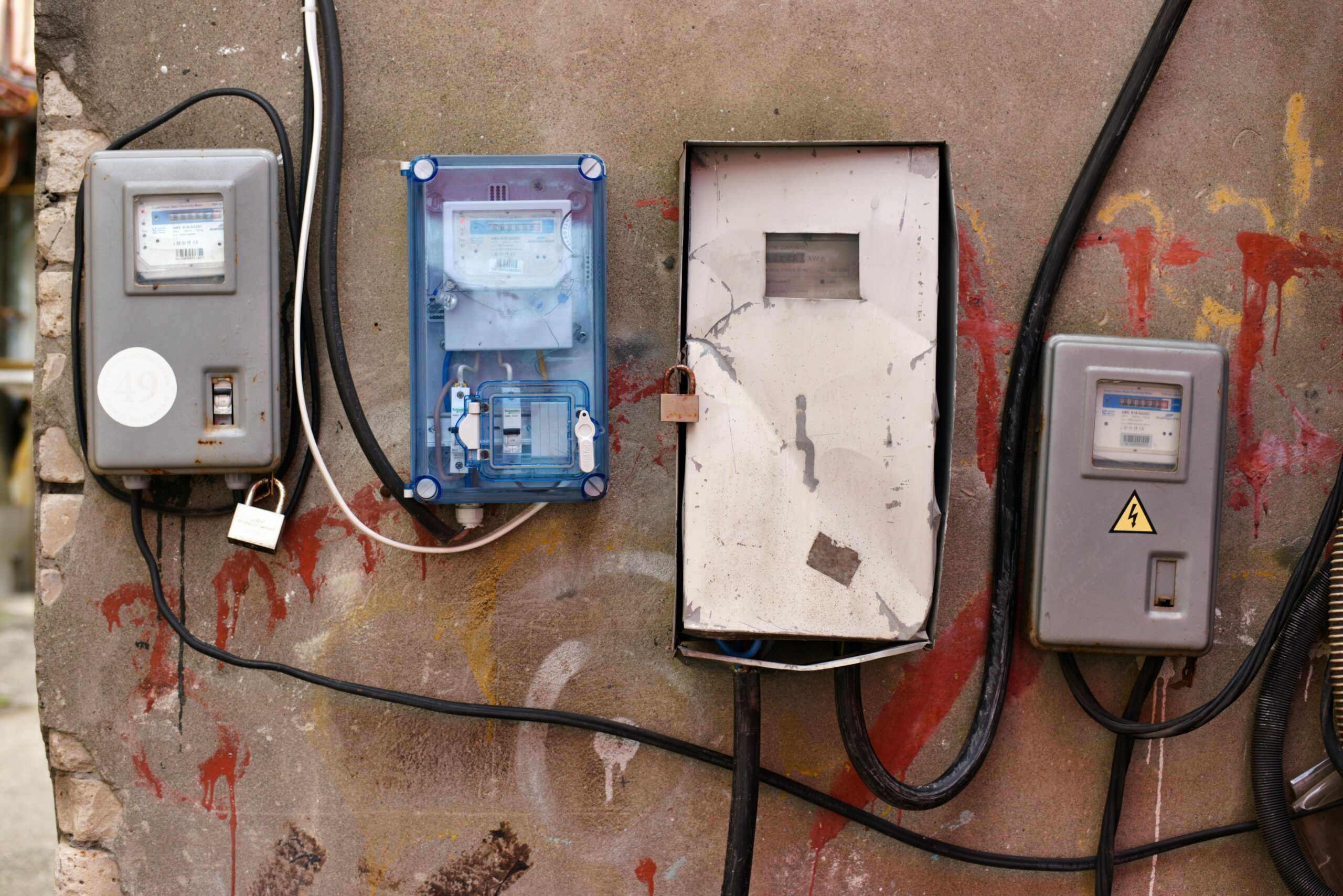In today’s technology-driven world, we rely on electronic devices more than ever. Our homes are filled with items that require a power source, from smartphones to refrigerators. However, with power comes the possibility of a power surge, which can damage or even destroy our electronics.
That’s where surge protection comes in. In this guide, we’ll cover the basics of surge protection, including what it is, why it’s essential, and what causes power surges. By the end of this guide, you’ll be able to protect your valuable electronics and ensure they’re safeguarded against power surges.
Types of Power Surges
A power surge is a sudden and brief spike in the voltage or current of an electrical circuit that can cause damage to electronics and electrical appliances. There are several types of power surges, including:
- Internal power surges are the most common type of surge and occur when a high-powered electrical device, such as an air conditioner or refrigerator, cycles on and off. These surges can typically be managed by plugging appliances into a surge protector.
- External power surges are caused by outside factors, such as nearby power lines or utility company malfunctions. These surges can cause significant damage and are best protected against by installing a whole-house surge protection system.
- Power outages occur when the supply of electricity is interrupted. Various factors, including storms, high winds, and equipment failure, can cause them.
- Lightning strikes are external power surges that can cause catastrophic damage to electrical devices and appliances. They are also highly dangerous to people and should be taken seriously.
Surge Protection Devices
A surge protector is essential for protecting your electronics from damage caused by power surges. These devices include uninterruptible power supplies (UPS), surge protectors, voltage regulators, and surge arresters. UPS devices offer backup power during outages, keeping your devices functioning. Surge protectors redirect the excess voltage to the ground, safeguarding your devices.
Voltage regulators maintain a consistent voltage level, preventing fluctuations that harm your equipment. Surge arresters detect surges and divert excessive energy away from your devices. Investing in surge protection devices is a prudent choice to ensure the longevity of your electronics.
How to Choose the Right Surge Protection Device
When selecting a surge protection device, several factors need to be considered. Firstly, the voltage rating of the device should match your electrical system to ensure proper functionality. Additionally, the device’s response time is crucial for a quick reaction to power surges. Therefore, opting for a device with a fast response time enhances protection.
The clamping voltage, which triggers the device’s protection, is another essential factor. Choosing a device with a lower clamping voltage provides better security. The number of outlets on the device is also significant to accommodate all your electronics. Lastly, balancing your needs and budget is essential when considering the cost of the device.
Installation of Surge Protection Devices
Here are some more detailed explanations of the installation process for both professional and DIY installation of surge protection devices:
Professional Installation
- Assessment – A professional installer will assess the electrical needs of the home or business to determine the best surge protection system to install.
- Grounding – The installer will ensure the surge protection system is correctly grounded, which is critical to ensuring the system works properly.
- Electrical Wiring – The installer will check the electrical wiring to make sure it is up to code and can support the surge protection system.
- Installation – The surge protection system will be installed, typically at the main service panel or circuit breaker panel. The installer will ensure the system is connected properly and test it to ensure it works correctly.
DIY Installation
- Choose a Surge Protector – Choose a surge protector that is rated for the voltage of the electrical outlets you will be using and the type of equipment you want to protect.
- Prepare the installation site – Turn off the circuit breaker or unplug any devices affected. Then, find an electrical outlet with a ground wire and determine how much space you need for the surge protector.
- Install the surge protector – Follow the manufacturer’s instructions to install the surge protector. Typically, this will involve plugging the surge protector into an outlet and then loading devices into the surge protector.
- Test the Surge Protector – After installing the surge protector, test it to ensure it works correctly. Please turn on the devices plugged into the surge protector to ensure they are receiving power.
Maintenance of Surge Protection Devices
Surge protection devices are an essential component of any electrical system. However, like any device, they are subject to wear and tear over time. Therefore, regular maintenance is critical to ensure they function efficiently and effectively. Maintenance tasks include checking for faults and replacing faulty components.
Checking for faults involves inspecting the device for visual damage, such as cracks or dents. It also includes testing the device to ensure it can handle the maximum voltage it’s designed for. If a fault is detected, it’s crucial to replace the faulty component immediately.
Benefits of Surge Protection
One of the most significant advantages of surge protection is safeguarding your appliances from damage. It may not seem like it, but many electronic devices are sensitive to even the most minor electrical surges and spikes from power fluctuations. In addition, your appliances are essential investments, and repairing or replacing damaged electronics can be costly.
By investing in surge protection, you can reduce the risk of damage to your devices, prolong their lifespan, and save money. Additionally, surge protection brings peace of mind knowing that your electronics are protected against unexpected power surges.
The Future of Surge Protection
As technology continues to advance, our homes are becoming increasingly reliant on its integration. It’s no surprise that the demand for surge protection is increasing. With the rise of smart homes and “Internet of Things” devices, we need surge protection that can safeguard our electronics and integrate seamlessly into our daily lives. That’s where smart surge protection comes in.
By utilizing technology like mobile apps and voice assistants, smart surge protectors can instantly alert us of any power issues and even turn off specific devices remotely. But it’s not just about convenience–there’s a growing need for eco-friendly surge protection. Green surge protectors can help reduce energy waste and save money on electricity bills.
Myths and Misconceptions
There are many myths and misconceptions about surge protection that should be dispelled. One common misconception is that investing in surge protection is unnecessary. However, power surges can happen at any time and cause damage to your electronics, resulting in costly repairs or replacements. Protecting your devices with surge protection is essential to avoid such scenarios and save money in the long run. Contrary to popular belief, power strips alone do not offer enough protection against power surges.
They may provide surge protection to a certain extent, but investing in a dedicated surge protector is a much more reliable option. Additionally, some people think surge protection devices are expensive, but this is only partially true. You can find affordable options that provide excellent protection for your electronics. Don’t be fooled by these myths and misconceptions; prioritize surge protection to keep your electronics safe and secure.
Frequently Asked Questions (FAQs)
How does surge protection work?
Surge protectors work by regulating the voltage supplied to electrical devices. When the incoming voltage exceeds a certain level, the surge protector diverts the excess electricity away from the device to prevent it from causing damage. Surge protectors use metal oxide varistors (MOVs) or gas discharge arresters (GDAs) to shunt current away from devices.
Can surge protectors be used outdoors?
While some surge protectors are rated for outdoor use, most are designed for indoor use only. Therefore, they are not weatherproof and can be damaged by moisture, humidity, or temperature extremes. Additionally, outdoor surge protectors require special installation considerations, such as grounding, to provide proper protection.
How often should surge protectors be replaced?
Surge protectors should be replaced every 2-3 years to ensure they are providing adequate protection. Over time, the MOVs or GDAs inside a surge protector can wear out or become damaged, reducing the effectiveness of the surge protector. Therefore, if the surge protector has been used during a significant power surge, it is recommended to replace it immediately.
What happens when a surge protector is overloaded?
When a surge protector is overloaded, it can fail to divert excess voltage away from devices, leading to damage or destruction of electrical equipment. An overloaded surge protector may also overheat or cause a fire.
Do all electronics need surge protection?
While not all electronics need surge protection, any device with a microprocessor or electronic control board can be damaged by power surges. It includes televisions, computers, smartphones, and other electronics. Therefore, it is generally recommended to plug all sensitive electronic devices into a surge protector to protect from power surges.
Conclusion
Proper surge protection is essential to keeping your electronics safe and running smoothly. You now have the necessary knowledge to select an appropriate device or system. Remember, if you are dealing with a whole-home system or large appliances, call a certified electrician like Smith & Jones Electric to ensure installation is done correctly and safely.
With the right equipment and professional installation, you can ensure your valuable electronics remain safe during extreme weather events. After all, taking the necessary steps to protect your prized possessions from potential damage due to surges is worth it.
We help companies refine their messaging, hone in their sales process, and grow their pipeline – all with a new website.






